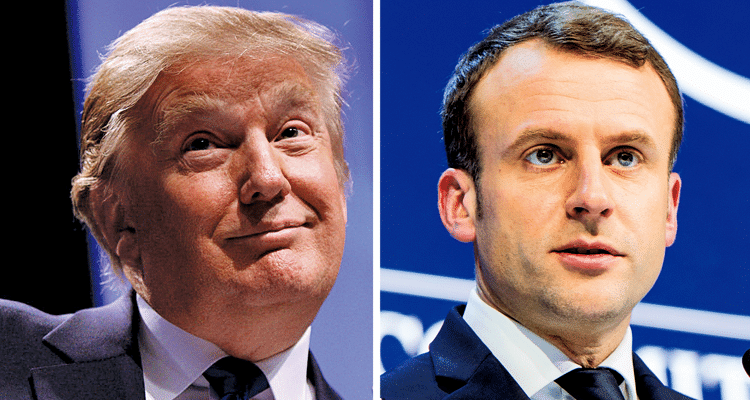It was the worst of times, and it was the very worst of times. The COVID-19 pandemic, when it first appeared on the global stage at the beginning of 2020 following its initial outbreak in China during the previous December, has proven to be a difficult public health crisis for any country to manage, much less control. On the global stage, the list is short to find a case study for best practices, and such a comparison is laden with cultural and geographic caveats that make replication difficult.
For example, South Korea had its first recorded case of COVID-19 at the same time as the United States. As of the end of December 2020, South Korea’s total cases were at 60,740, with a death rate of 18 per million. Likewise, Singapore had slightly fewer overall positive cases (58,599) and an even lower death rate (5 per million). Culturally, both countries skew heavily toward social collectivism over individuality, and in the case of Singapore, an authoritarian government tradition (in South Korea as well, but to a lesser extent). So they were each able to institute centralized coordination and massive testing, with the necessary component of contact tracing, to isolate and quarantine those infected. The ubiquitous use of an app on the phone to monitor, while an invasion of Western norms of privacy, was also instrumental in both countries in effectively managing, if not completely eradicating, the spread of the pandemic.
South Korea and Singapore are clearly oranges to our apples. So, let’s compare apples: the U.S. versus France, where I live. As in the United States during the earliest weeks and months, the epidemiological health experts in France were saying that wearing a face mask was not necessary to stem the spread. Instead, their message was the usual refrain of frequent handwashing and face-touching avoidance. We in France watched with horror as the deaths in next-door Italy mounted, and even while we were in our first national shutdown from March 17 to May 11 we were still unclear what precautions to take when outside.
Let’s talk a little bit about what our national shutdown was like, and how it compares to what the United States has, and has not, instituted. The French “confinement” — as we call our version of the stay at home / shelter in place order many (but not all) localities and states have instituted in the States — was announced in quick succession between March 12 and 15. Various measures, such as mandatory closure of schools, limiting public gatherings to no more than 100 people, and the closure of all nonessential businesses, were announced each day.
By the 17th of March, one needed an official document to leave home. It was originally a paper pass, but it soon became a form downloadable to your phone. This pass was mandatory if leaving the house, alone, to do an essential task (which included going to or coming from work for an essential industry, walking one’s dog, or going to the pharmacy or grocery store). If you left the home without your pass and without a face mask, you would be fined £130 (or $150). Three violations would send you to jail.
The French government wasn’t messing around.
To put their money where their mouth (or as I call it, my rosé hole) is, the French government set up a system of “solidarity funds” to provide money to businesses impacted by the pandemic. This included paying 80% salary to any employee who was temporarily furloughed because of the confinement. These measures were supplemented by government-backed loans to small businesses (with a 1% interest rate and six-year payback schedule for the initial round, and with this second confinement, even more advantageous loan schedules). All in all, it was enough to keep most businesses afloat while the vast majority of the economy was shut down from consumer consumption.
Perhaps the biggest difference between French President Emmanuel Macron and Donald Trump’s responses to the pandemic is their overall competency in providing economic support to those impacted. Both France and the United States are in the throes of a second and third wave, respectively. The death rates are nearly identical (985 per million for France and 1,057 for the US). Both countries are fed up with the pandemic and frustrated with the closures, and patience is wearing thin.
Maybe the greatest divergence between the two leaders, and by extension the two countries, is the public’s perception. Macron has projected empathy; he wears a mask consistently in public and can string together a sentence using a noun-verb-object and speak in paragraphs. At least he looks like he cares and is on top of things, even if the end result is basically the same dumpster fire that Trump has created in America.

